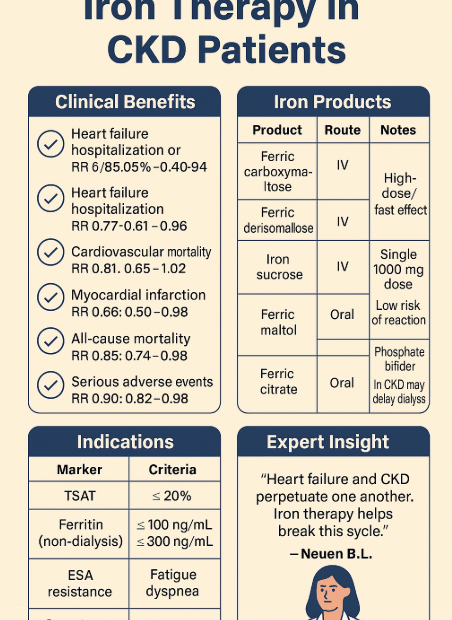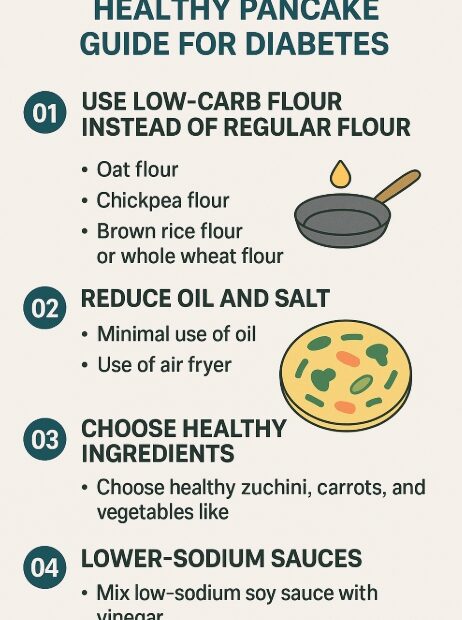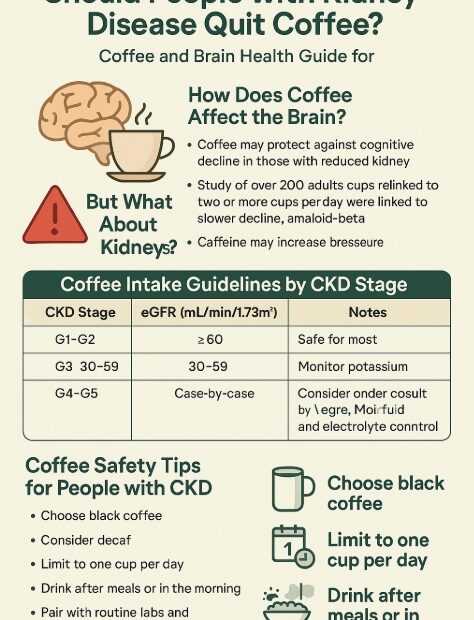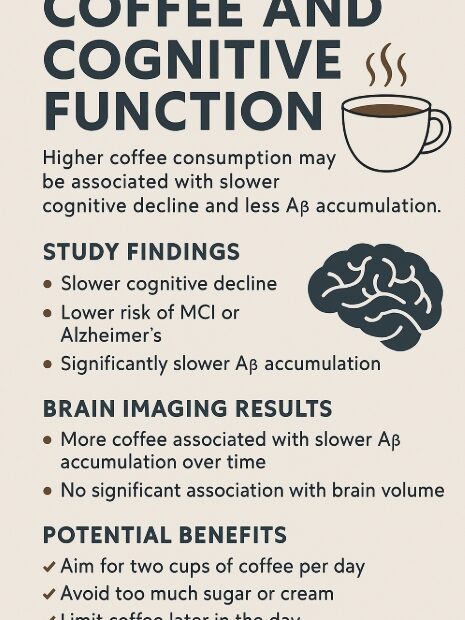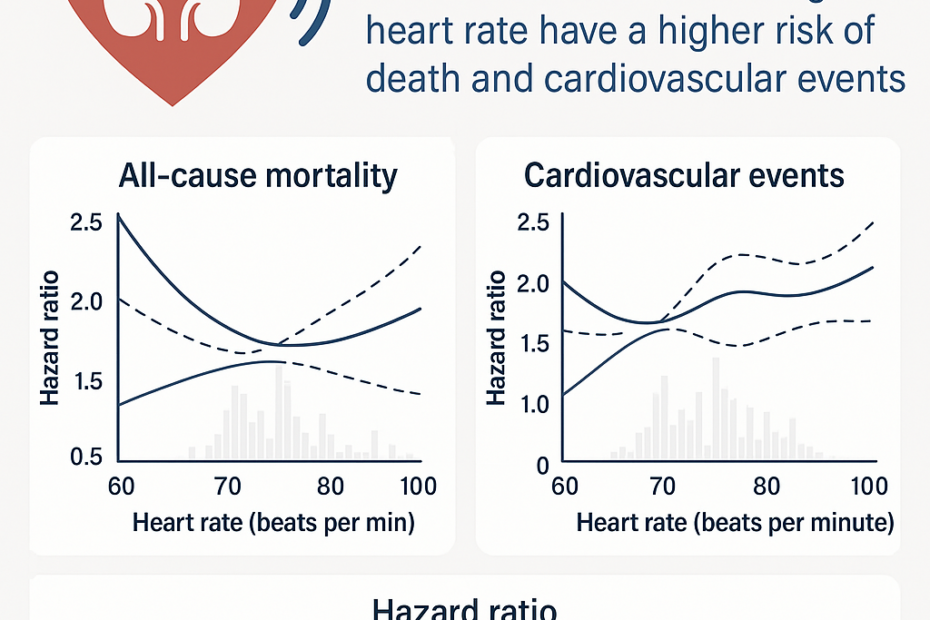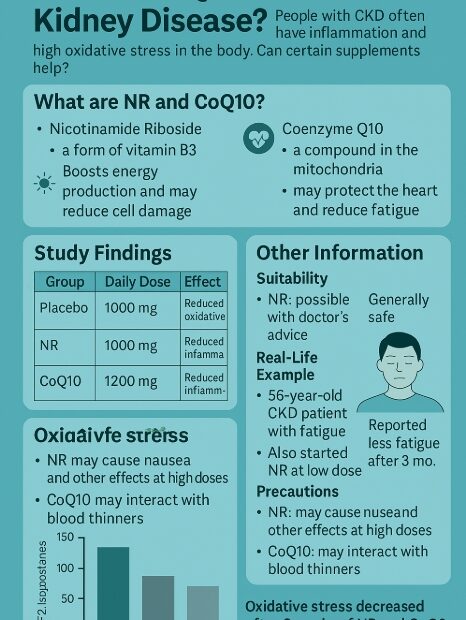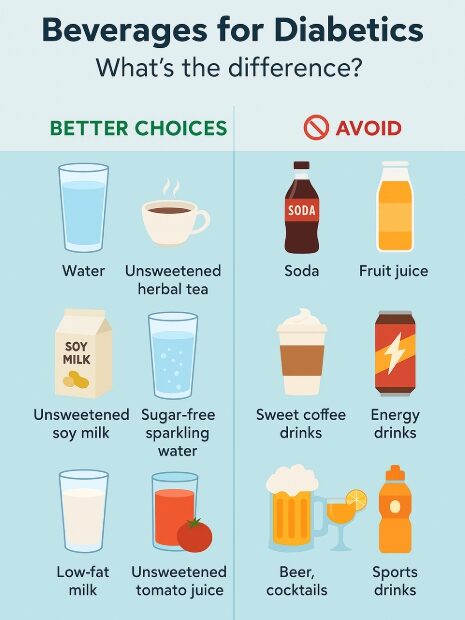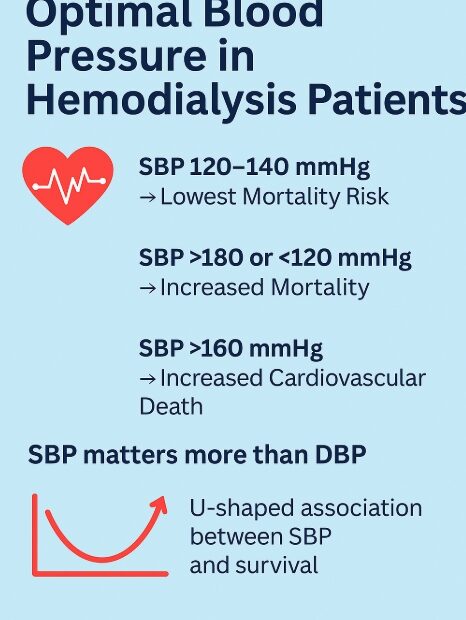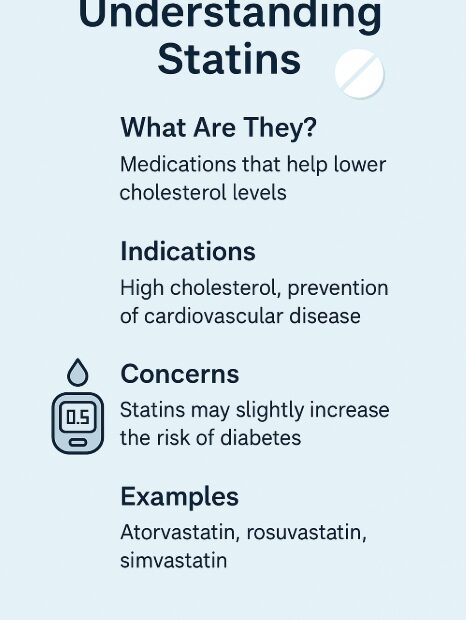Iron Therapy in Chronic Kidney Disease: More Than Just Anemia Treatment
Iron deficiency is a prevalent issue in chronic kidney disease (CKD), affecting approximately 30–50% of patients across various stages. Traditionally associated with anemia, iron deficiency in CKD is now increasingly recognized as a contributor to… Iron Therapy in Chronic Kidney Disease: More Than Just Anemia Treatment
